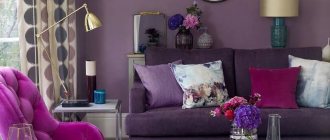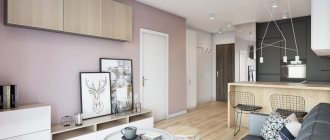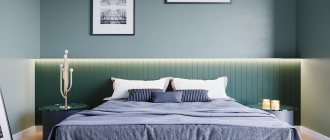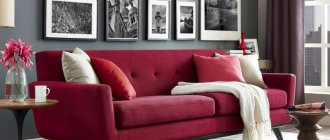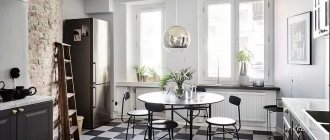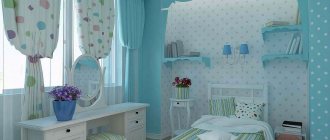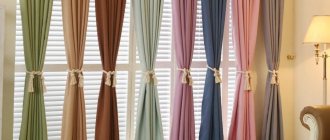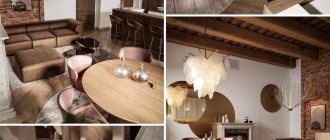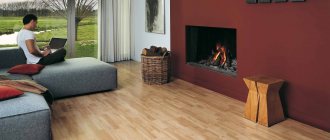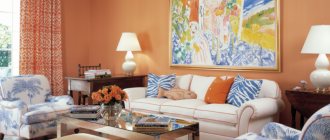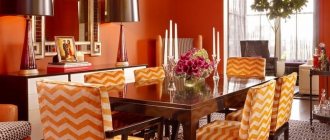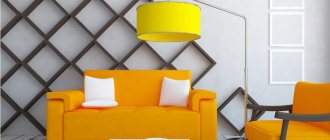Basic rules of orange interior
Orange has incorporated a whole cascade of shades and halftones that are actively used in design:
- Bronze;
- Coral;
- Apricot;
- Tangerine;
- Salmon;
- Honey;
- Ocher;
- Pumpkin;
- Terracotta;
- Peach;
- Rusty;
- Copper.
A wide palette helps you choose a color depending on the functionality.
Here are some rules for selection and use:
- The red color is optimal for those rooms where any productive activity takes place - kitchen, office, dining room, work area, living room or children's room. It is the red color that favors mental and physical activity. Therefore, you should not use shades of red in places of relaxation.
- It is appropriate to decorate rooms in orange tones in rooms with low light levels, whose windows face north. It is with the help of such bright accents that you can stop being sad, moping, and despondent.
- Color can visually enlarge the boundaries of a room.
- With the help of color you can visualize and expand the scope of the room.
Recommendations
Furniture in this cheerful and cheerful shade will complement cold rooms facing the north side of the house, where there is little light and sun. Furniture in orange will bring warmth and coziness to gloomy rooms, making them brighter and more comfortable.
Orange refrigerator in the kitchen
Orange furniture looks best in fairly spacious rooms. This color can make a small bathroom or kitchen even smaller.
Vegetable and fruit designs go well with orange. This combination is especially suitable for decorating kitchens and bathrooms.
Psychology of orange
From a psychological point of view, orange is a mixture of shades of yellow and red, and therefore this shade combines the characteristics of these tones. Color can evoke only positive emotions and associations and is associated with spiritual growth.
Orange color promotes brain function, stimulation of appetite, and activation of any activity.
Advice! Psychologists say that it is worth choosing shades using orange so that the bright color is compensated by more muted tones. There is a reason for this: an abundance of red hair can cause aggression, restlessness, and anxiety.
This shade goes well with many styles. Most often it is used in minimalism, modern, Scandinavian design.
Read
